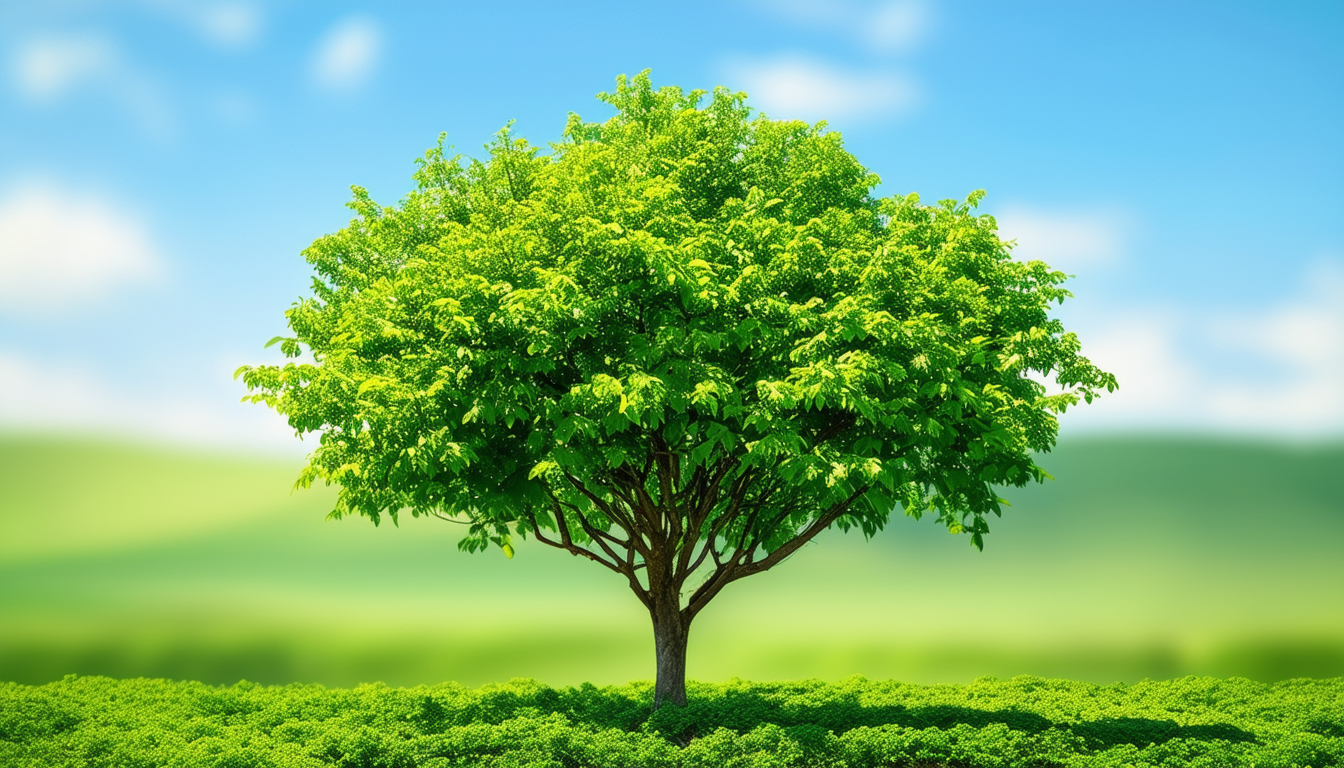How to Properly Fertilize Trees
Unlock the secrets to nourishing your trees with the right fertilizers to ensure they thrive and flourish.
Understanding the Nutritional Needs of Trees
Every tree has unique nutritional requirements that vary based on its species, age, and the environment it is growing in.
Trees need a balanced supply of essential nutrients, including nitrogen, phosphorus, and potassium, commonly referred to as N-P-K, along with micronutrients like iron, magnesium, and zinc.

Recognizing the signs of nutrient deficiencies is crucial. Yellowing leaves, stunted growth, and poor flowering can all indicate that your tree may need additional nutrients. Conducting a soil test can provide valuable insights into the specific needs of your trees, helping you tailor your fertilization efforts effectively.
Choosing the Right Fertilizer for Your Trees
Selecting the appropriate fertilizer is vital for the health and growth of your trees. Fertilizers come in various forms, including granular, liquid, and slow-release. Each type has its advantages, and the choice depends on your tree's specific needs and your preferences.
Reading the fertilizer label is essential.
Look for the N-P-K ratio, which indicates the percentage of nitrogen, phosphorus, and potassium.
For general tree health, a balanced fertilizer like 10-10-10 is a good starting point. However, specific deficiencies may require a specialized formula.
Organic options such as compost or well-rotted manure can also provide a slow-release source of nutrients.
When and How to Apply Fertilizer
When to Apply Fertilizer to Trees
- Timing is key when it comes to fertilizing trees.
- The best time to apply fertilizer to trees is during the growing season, typically in early spring or late fall when the tree is not under stress from extreme temperatures.
- Avoid fertilizing trees during periods of drought or high heat, as this can further stress the tree.
How to Apply Fertilizer to Trees
- Apply fertilizer evenly over the root zone, which extends beyond the tree's drip line.
- Water the area thoroughly after application to help the fertilizer reach the roots.
- For granular fertilizers, lightly rake the soil to incorporate the granules.
- For liquid fertilizers, follow the manufacturer's instructions for dilution and application rates.
Common Fertilization Mistakes to Avoid
- Over-fertilization is a common mistake that can harm trees more than it helps. Excessive fertilizer can cause nutrient imbalances, root burn, and even tree decline.
- Always follow the recommended application rates and avoid the temptation to 'double up' for faster results.
- Another mistake is neglecting to consider the tree's environment. Trees growing in nutrient-rich soils may require less frequent fertilization, while those in poor soils might need more regular feeding.
- Additionally, applying fertilizer too close to the trunk can damage the tree. Always spread fertilizer evenly over the root zone and avoid direct contact with the trunk.
Monitoring Tree Health Post-Fertilization
After fertilizing, it's important to keep an eye on your tree's health. Look for signs of improved growth, such as vibrant foliage, increased leaf size, and better flowering or fruiting. If you notice any adverse effects, such as leaf burn or unusual discoloration, reevaluate your fertilization practices.

Here are some best practices for post fertilization tasks:
- Regularly check soil moisture levels, as proper watering is essential for nutrient uptake.
- Mulching around the base of the tree can help retain moisture and provide additional organic matter as it decomposes.
- Periodic soil tests can also help you monitor nutrient levels and adjust your fertilization plan as needed.
For Healthier Trees and Shrubs - Call Green Lawn Fertilizing
Trees can be tricky, and often times need expert care to thrive. Our tree and shrub experts can help you get the most out of your trees and shrubs.
Give us a call today for your free estimate.